AI-Enabled Contingency Planning is More Accessible Than Ever
David Menninger's Analyst Perspectives
MAY 20, 2025
We live in a time of uncertainty, not unpredictability. Yet those organizations that lack the technology to perform short planning cycles have little or no ability to measure trade-offs in the plans in which they are involved. Or, at least enduring the least amount of damage.



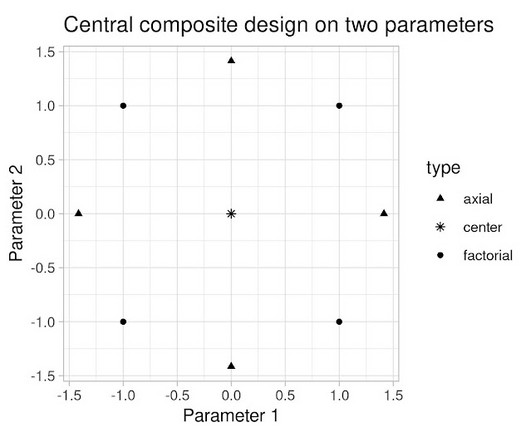
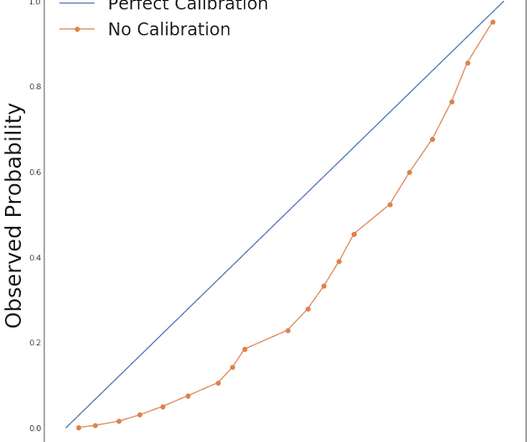
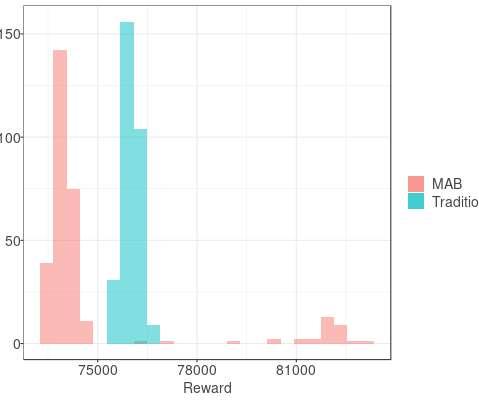

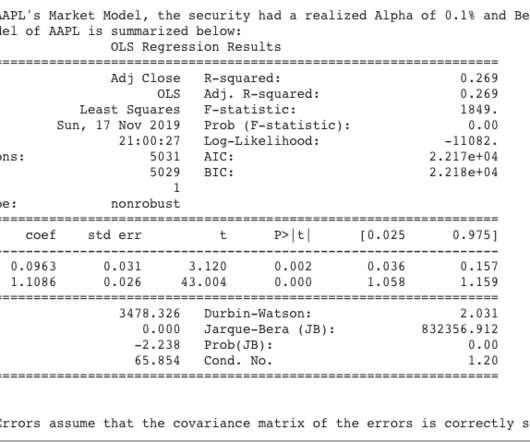
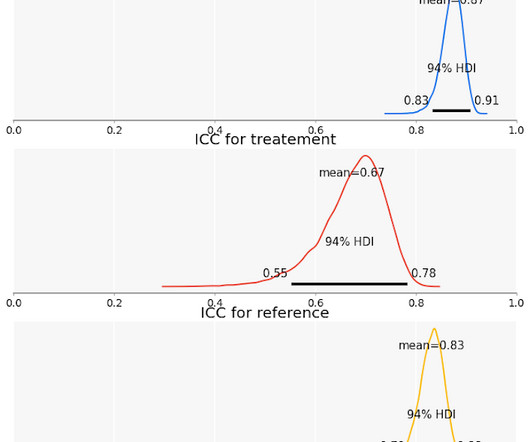

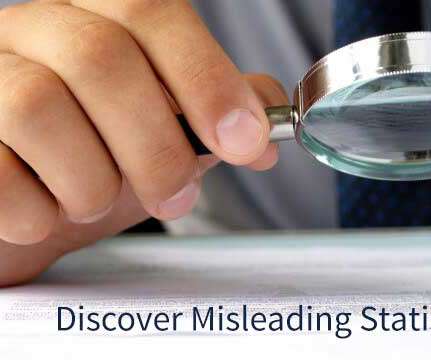








Let's personalize your content